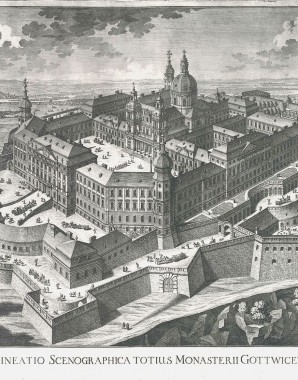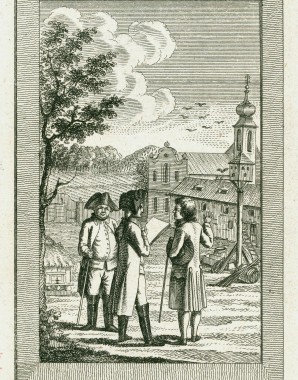The Land of Monasteries
Religious houses have always played a special part in the history and culture of Austria. The Habsburgs played a major role in the development of the monastic system in their domains.
When the Habsburgs assumed power in the Austrian lands, the dynasty – a foreign power – imposed its presence on the various territories by founding monasteries and convents. The medieval mindset was such that the pious endowment of a monastery was the most effective way of setting up a monument for posterity.
The ‘monastic offensive’ of the Habsburgs in the wake of the Counter-Reformation brought a second era of foundations to the Catholic religious orders. The dynasty, uncompromising in religious matters, was responsible for summoning new orders such as the Jesuits into the country to re-establish the hegemony of the Catholic Church after its crisis during the Reformation. The foundations of the old-established orders demonstrated their regained significance by building imposing monastic palaces, their architectural and decorative programmes serving to glorify the House of Habsburg.
The rigid insularity of the monasteries came to an end with the ‘Klostersturm’ – the dissolution of the religious houses – under Emperor Joseph II: the criterion for the further existence of religious houses was from now on their usefulness to state and society.

















